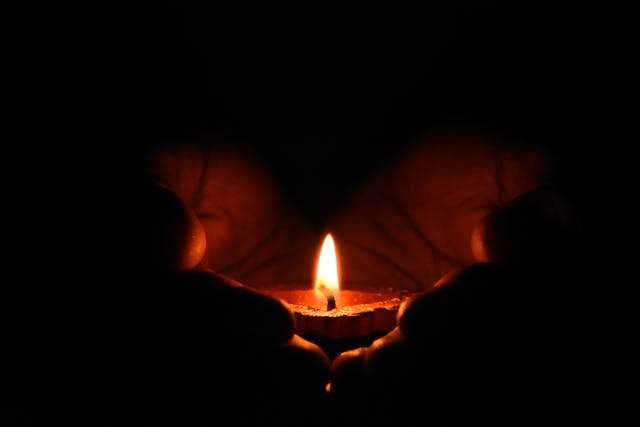Our daily life is a miracle…
Last week, a “major power blackout occurred across the Iberian Peninsula affecting mainland Portugal and peninsular Spain, where electric power was interrupted for about ten hours in most of the Peninsula and longer in some areas.” The event was significant, even it has a Wikipedia article already. The investigations are still going on, with no conclusion at the moment, but in my humble opinion this is what happens when monkeys fly the spaceship, in other words, we let politicians manage the transition to renewable energy sources, instead of scientists and engineers…
This whole event made me think about how dependent we are on technology, and how easy our life is, when the light switch works. But how was it for Beethoven and his contemporaries?
Vienna, in the late 18th and early 19th centuries, stood as a majestic center of the Habsburg Empire, a city echoing with sounds of classical music and the grandeur of imperial power, a place where luminaries like Ludwig van Beethoven would leave a mark on history. Yet, beneath all this, the daily lives of Viennese households were starkly different from the conveniences enjoyed today. Without the intricate networks of central water supply, electricity, and gas that now define urban living, the inhabitants of this era faced a unique set of challenges in managing their most basic needs. This article delves into the practical realities of Viennese domestic life during this period.
Struggle for Water
Unlike contemporary Vienna, where the purity and accessibility of tap water are a source of civic pride, households in the late 1700s and early 1800s relied on a variety of less reliable methods to obtain water for drinking and washing. Until well into the 16th century, domestic wells served as the primary source of water for the city’s residents. However, by the 18th century, a significant number of Vienna’s approximately 10,000 domestic wells had become contaminated, a situation that frequently led to outbreaks of epidemics. The increasing population density within the city placed considerable strain on the existing well system, and the minimal or absent sanitation infrastructure of the time allowed waste to seep into the groundwater.
As the quality of well water deteriorated, “water-men” and “water-women” became common sights on Vienna’s streets, selling water carried in barrels. This system represented a market-driven solution to a fundamental need, but it also suggests that access to clean water was not a given and likely was an additional expense for households.
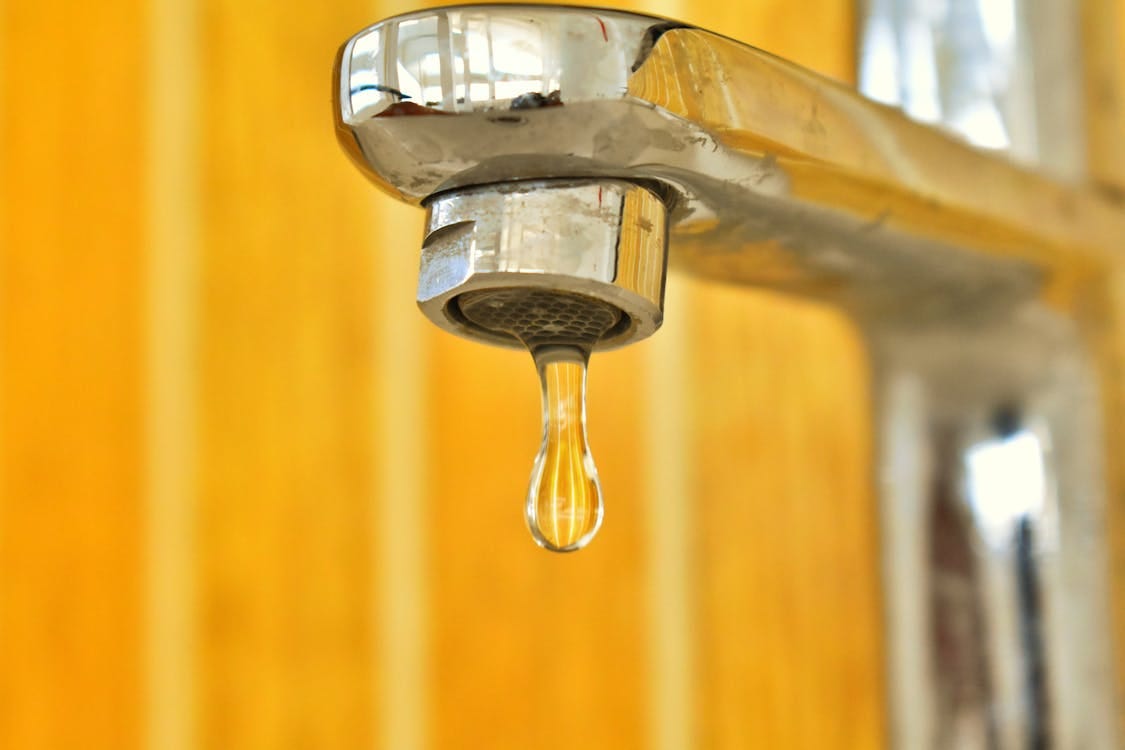
Efforts to improve Vienna’s water supply through pipelines began as early as 1553. The timeline of these developments reveals a gradual improvement in Vienna’s water supply, but it was not until the mid-19th century that truly significant changes occurred for the general populace.
Given the challenges associated with water scarcity and quality, it is probable that bathing within homes was an infrequent occurrence. When it did happen, it likely involved the use of basins filled with water carried from wells or purchased from vendors.
Let There Be Light
In an era preceding the advent of electricity, Viennese households relied entirely on flame-based sources to make light. Candles and oil lamps were the primary means of illumination, each with its own advantages and disadvantages.
Candles were a common feature in Viennese homes, but they represented a significant expenditure for most families. The type of candle used varied depending on affordability and availability. Tallow candles, crafted from animal fat, were the most economical option but were known for producing a smoky flame and an unpleasant odor. Beeswax candles offered a cleaner and brighter light but were considerably more expensive. Candles, derived from whale oil, were considered the best in terms of brightness and lack of odor, but they became more widely accessible only later in the 19th century with the growth of the whaling industry. The significant cost of candles is reflected in the idiom “the game’s not worth the candle,” illustrating that even seemingly small expenditures on lighting were carefully considered.
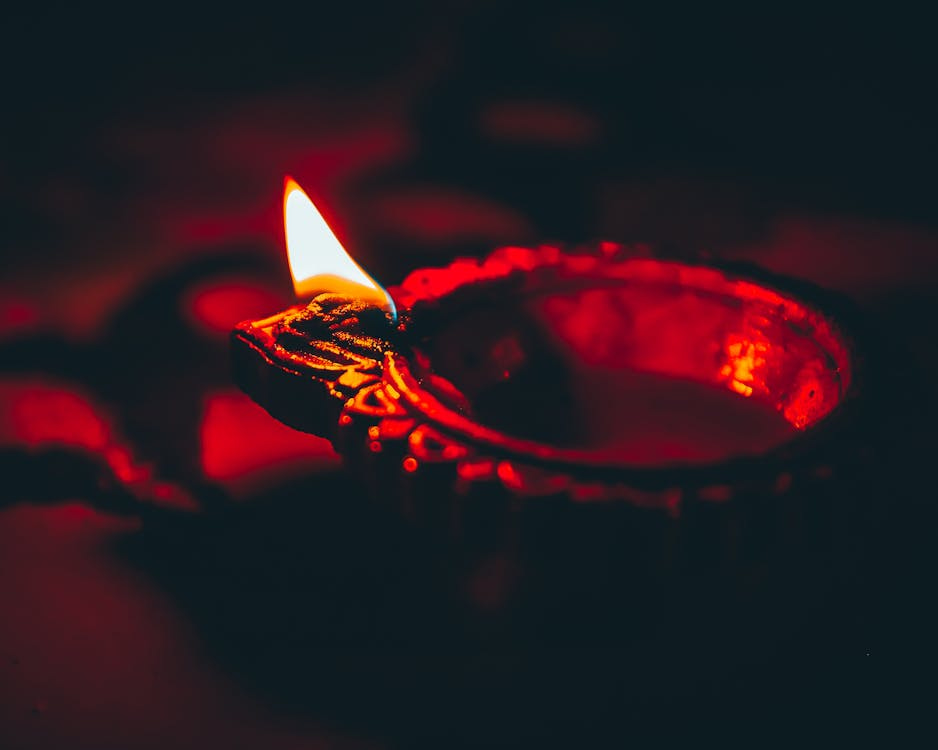
Oil lamps provided an alternative to candles, utilizing various fuels such as olive oil, linseed oil, and rapeseed oil. However, the quality of light and the user experience varied greatly depending on the type of oil used. Cheaper options like linseed and rapeseed oil were readily available but produced significant smoke and bad odors, making them less desirable for indoor use.
While not directly impacting household illumination, the late 1820s saw the beginnings of gas lighting for streets in Vienna. This development, though initially for public areas, marked a significant step towards modern urban infrastructure and would eventually pave the way for the adoption of gas lighting within homes as well.
Culinary Challenges
Without the convenience of gas stoves, cooking in Viennese households during the late 1700s and early 1800s was a process that relied on the application of heat from wood or coal fires.
The majority of households utilized open hearths or simple stoves constructed from brick or earthenware for their cooking needs. More affluent homes might have featured more elaborate tiled stoves, which were primarily designed for heating but could sometimes incorporate cooking possibilities. These cooking methods were labor-intensive and often resulted in smoky indoor environments. Managing a wood or coal fire to achieve and maintain the desired temperature for cooking required constant vigilance and skill.
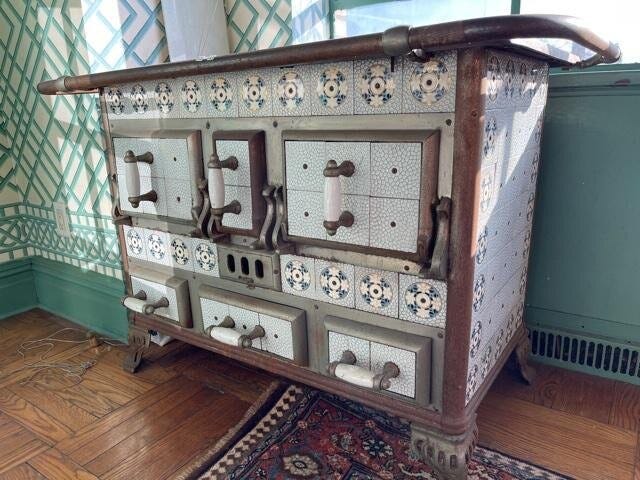
Wood served as a primary fuel source for cooking, particularly in areas surrounding Vienna where it might have been more readily available. However, as Vienna grew into a major urban center, coal became an increasingly common fuel, especially for households within the city itself. While coal offered a higher heat output compared to wood, it also presented its own set of challenges in terms of ignition and precise temperature regulation.
Common cooking techniques included boiling, stewing, and roasting, all adapted to the limitations and capabilities of cooking over open flames.
The Struggle for Warmth
Vienna’s geographical location meant that its inhabitants experienced cold winters, making effective heating a crucial aspect of domestic life.
The primary methods for heating Viennese homes were fireplaces and stoves, which typically burned wood or coal. A notable feature in many Viennese residences was the ornate and efficient tiled stove, known as “Kachelöfen”. These stoves, often quite large, provided radiant heat for extended periods, sometimes serving as a central heating element for a single room or even multiple adjacent rooms. Given the cost and the level of craftsmanship involved in their construction, tiled stoves likely served as both a practical heating solution and a symbol of status within a household.
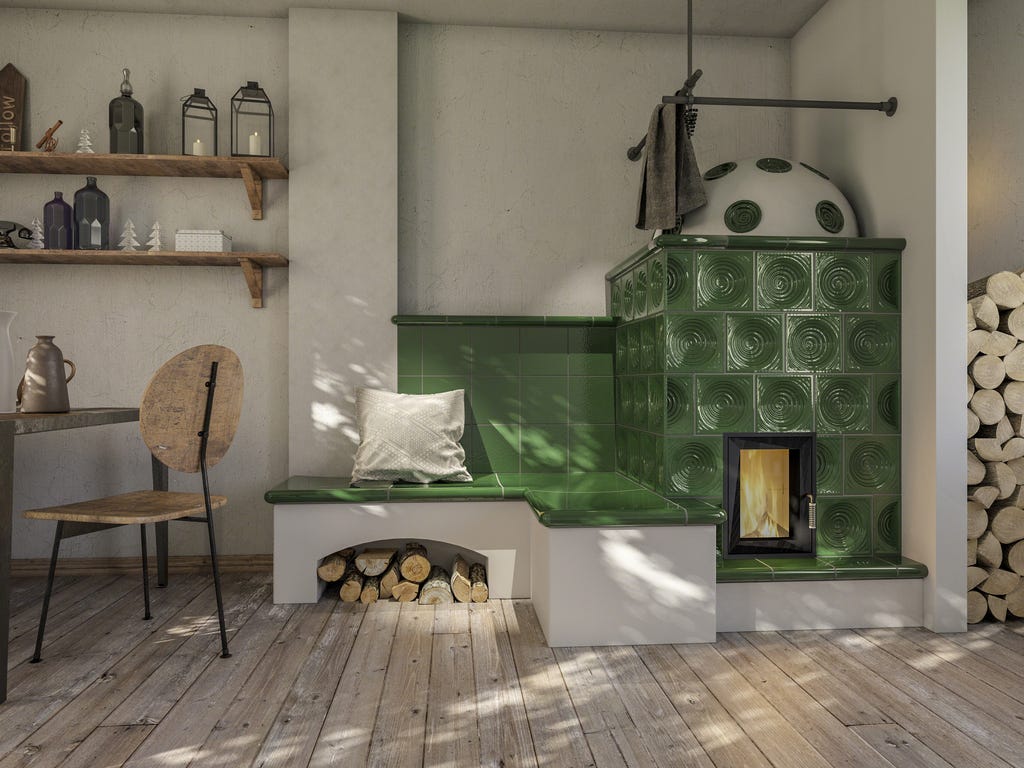
Maintaining warmth during the Viennese winter required substantial quantities of wood or coal, which could be a significant expense for households and necessitated adequate storage space within or near the home. Furthermore, compared to modern buildings, homes of this era had limited insulation, making it more difficult to retain heat generated by fireplaces and stoves.
The Unmentionable Task: Sanitation
In the late 1700s and early 1800s, the majority of Viennese households lacked the conveniences of modern indoor plumbing and flush toilets.
The primary method for managing human waste was the use of chamber pots, which were commonplace in homes and required regular emptying. Waste was frequently thrown directly into the streets or deposited in cesspools located near or away from dwellings. The somewhat infamous practice of throwing waste out of windows into the street was a common occurrence in many European cities, sometimes accompanied by a warning cry…
Interestingly, Vienna was relatively advanced in the development of its sewer system within the city walls, achieving a fully sewered area by the year 1739. However, this early sewer network did not extend to the outlying suburbs, and even within the city, the system ultimately discharged untreated waste into open brooks and the Danube Canal, leading to significant water pollution.
A World Without Refrigeration
In the absence of refrigeration, keeping food fresh in Vienna during this period presented a constant challenge for households, particularly during the warmer months.
To combat this, Viennese households employed a variety of traditional food preservation methods to extend the shelf life. Salting and curing were common techniques for preserving meat and fish, drawing out moisture and inhibiting bacterial growth. Pickling vegetables and fruits in vinegar or fermenting them were also widely used methods. Drying was another effective way to preserve various food items, including fruits, vegetables, and herbs, by reducing their water content. Root vegetables and certain types of fruits could be stored in cool, dark cellars, where the lower temperatures helped to slow down the process of spoilage. Cooked meats were sometimes preserved by sealing them in rendered fat or aspic jelly, creating a barrier against air and bacteria.
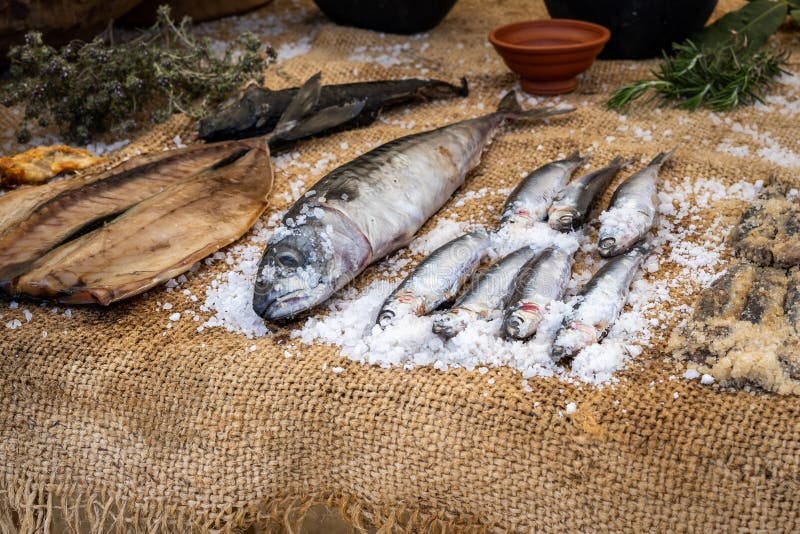
Given the limitations of food preservation at home, frequent trips to local markets for fresh produce and meat were a necessary part of daily life, as large-scale storage of perishable goods was not feasible for most households.
One can only imagine the daily routines of someone like Beethoven, composing his timeless music by the flickering light of a candle or oil lamp, pausing to fetch water from a communal well, or warming next to a tiled stove. The innovations that followed this era have fundamentally reshaped domestic life, offering a level of ease and comfort that would have been considered miraculous to Beethoven and his contemporaries. Lucky (and spoiled) us!
Listen to an extended audio conversation on this topic on Popular Beethoven’s YouTube channel – supported by AI!
